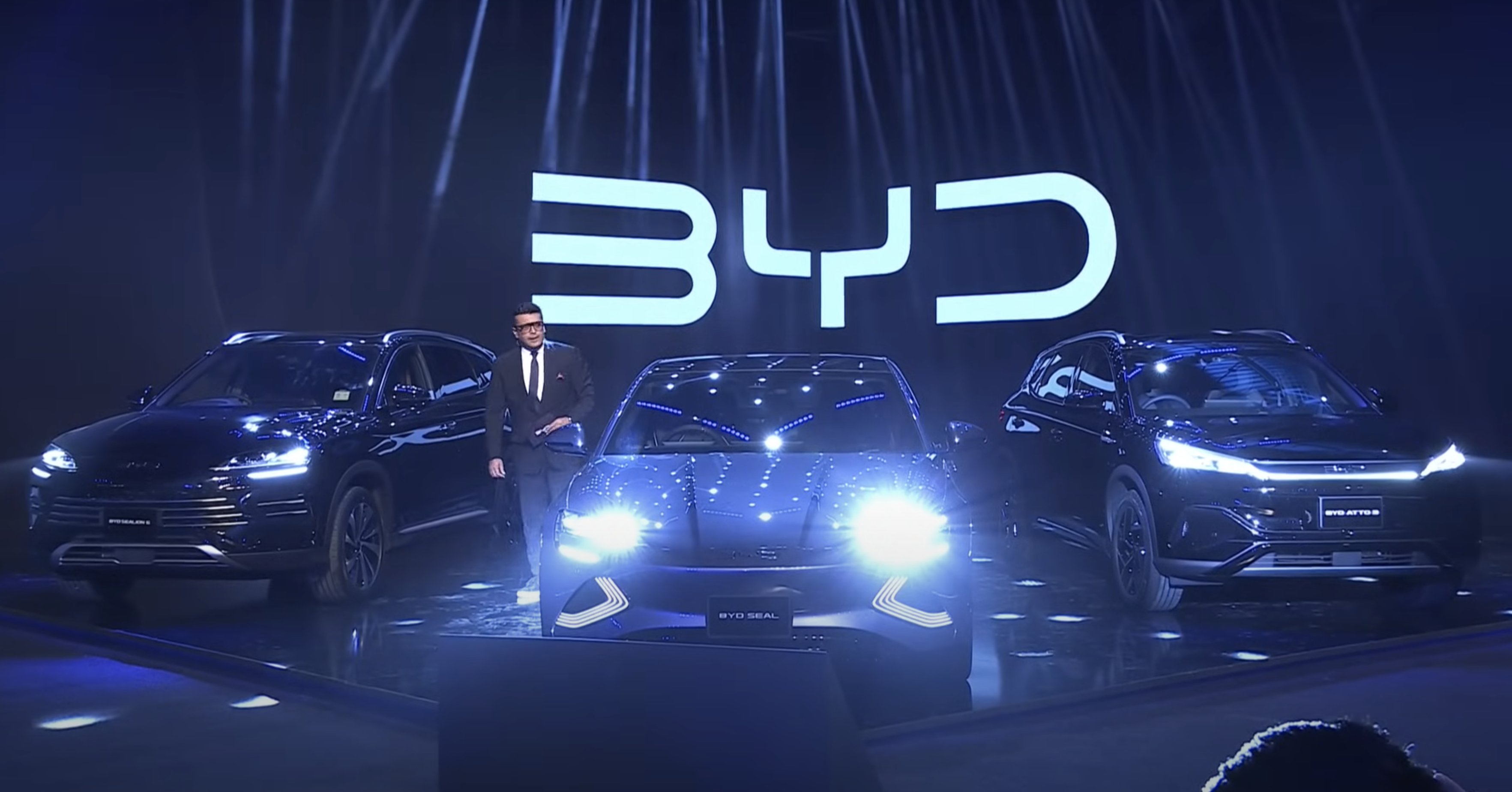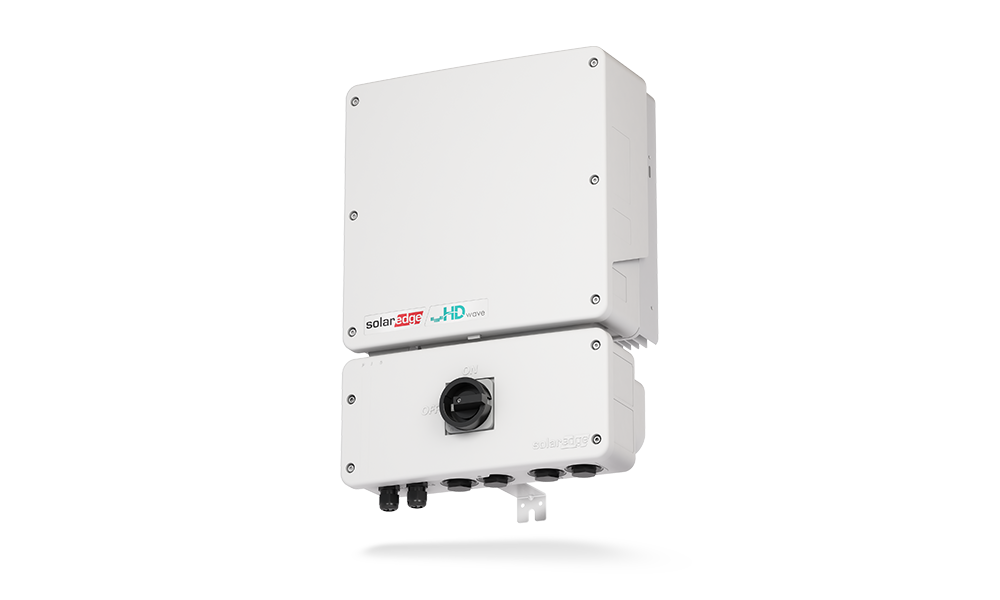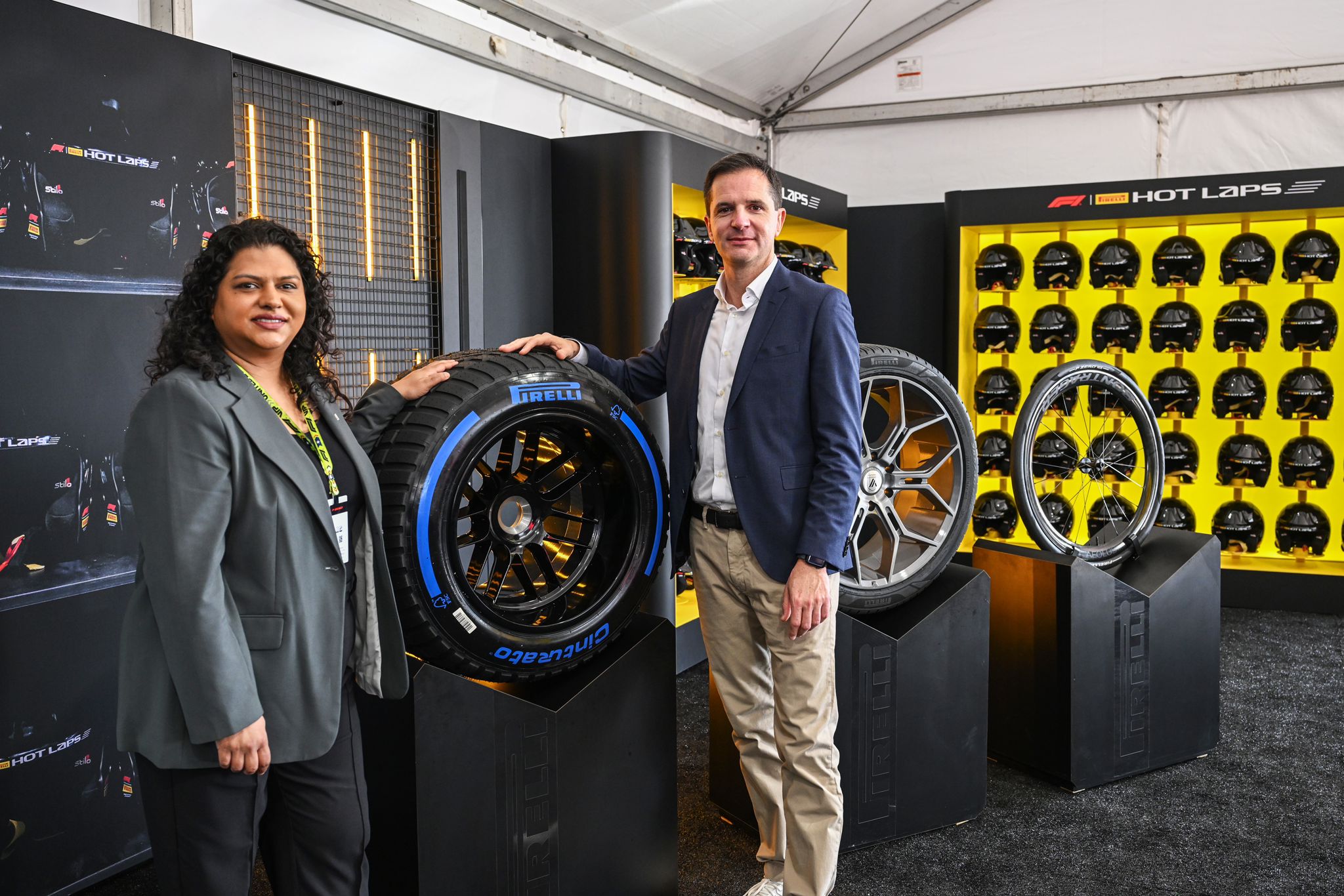Sign up for daily news updates from CleanTechnica on email. Or follow us on Google News!
It’s going to be a robotaxi special today, apparently. Carolyn kicked it off with an article about one independent analyst’s critique of ARK Invest’s Tesla robotaxi and stock forecast. I was triggered by some wild assumptions in that critique, so wrote my own article highlighting a few things. However, there was also a comment under Carolyn’s article that I think covers things that aren’t discussed or acknowledged enough.
Compared to so much discussion around robotaxis (neural nets, machine learning, lidar vs. vision only, etc. etc.), these comments may seem boring, but I think if you really consider them, they could be some of the biggest arguments against a robotaxi revolution coming to fruition. Here’s what reader “Bill” wrote:
Definitely good points and there are many more flaws in the assumptions. Other aspects of robotaxis that are suspect:
Waiting for a ride: People regard their time as super-precious and having to either wait for a ride or the complexity of pre-scheduling a ride just don’t fly in real life. The robotaxis will not be where the rider wants to start so they have to come to the rider after hailing. Uber gives us some visibility into this and it can take 20 minutes sometimes; 3 minutes other times, but that waste of time and unpredictablity of time is a killer.
Traffic: by definition, there will be empty robotaxis driving around on the roads on their way to pick people up or just waiting in general. This is extra traffic we don’t have today on roads that are already gridlocked many times of day.
Peoples’ stuff: People carry their stuff in their cars and it would take a lot of extra planning to just bring exactly what they need for each ride. And a lot of extra carrying. Sometimes it would simply be impossible to have the stuff people need for the day in a robotaxi.
People’s stuff
I think that third matter is something I first heard from writer and reader Maarten Vinkhuyzen. It’s a simple matter, but as Maarten explained it (if I remember correctly), his car is an extension of his home. And whose isn’t? Most of us have stuff in our cars at all times that we might need someplace or another. We store stuff there, have items for different places we go, have umbrellas in case it starts raining, etc. As another reader, “Cypress,” writes, “I keep my sunglasses, water bottle, extra jacket, first aid kit, multi-tool, lens cleaning kit for my eyeglasses, my work badge, emergency snacks, etc. [in the car].”
Overall, though, these extensions of our homes are also beyond transportation and storage. They’re about identity for many people, and they are one of the top purchases and “bonuses of being an adult” in people’s lives. There’s evidence enough from very rich people. Among other things, they typically buy numerous fancy cars. They don’t need cars at all — they can be chauffeured everywhere even without having to wait. Sure, it’s a serious purchase for most people that we have to budget for, but it’s also something people are happy to budget for.
Can I call a taxi or Uber to take me and my family 5–15 minutes to the tennis courts? Sure, but I’d rather stick all our rackets and gear in our car and pop over there in an extension of our home where I can leave some stuff if I need it or for afterward. Can my wife and kids and I go to school everywhere morning in a taxi/Uber? Sure, but I’d rather put backpacks and lunchboxes and such in our car as its ready and then leave as soon as we’re all ready to go. Both of these examples and many others also bring us to #1. Waiting.
Waiting (& rushing) for a ride
People don’t like waiting, and they also don’t like rushing. As Bill points out, with a taxi or Uber or robotaxi, there’s always some degree of waiting. It’s annoying, and especially if you’re short on time — and who isn’t these days? Perhaps it works alright for single, flexible people, or once in a while for things like trips to the airport, but what family of four has time to wait on a robotaxi for every trip they need to make? And what if something comes up or you forgot to do something just as your robotaxi arrives? Well, then you’re rushing, which is worse than waiting. There seems to always be an inherent rush factor when it comes to getting into an ordered taxi/Uber. Even if, with a robotaxi, there’s no human driver you’re trying to not inconvenience, there’s probably going to be a clock ticking.
Remember, there’s such a thing as “time costs.” Even if a robotaxi is cheaper in outright cash than owning a car for someone, add up all the extra hours waiting and slap on whatever hourly time cost estimate you want to use. I think you’ll find they’re not as cheap as you thought.
But what about people who are more sensitive to cash pricing than time spent? Naturally, that’s where you get people riding buses and subways. But this is a more common issue and choice in cities, dense places where low-density travel is very costly and challenging. I don’t see people jumping from the cars of suburbs to robotaxis if robotaxis get a little cheaper than normal taxis. If you live in a suburban area, try to consider how many people in your neighborhood would give up their cars to start using taxis?
But let’s get back to the matter of cities, where lower costs could theoretically win the day.
Traffic
I’ve seen various arguments on this. We will theoretically need fewer cars and thus less parking with robotaxis. However, all decent logic tells me traffic on the roadway would increase a lot.
First of all, I got a master’s degree in city & regional planning, with much of my education focused on transportation planning. There’s a lot more on this that I’m sure should be explored by economists and planners in a thorough way, but if you make commuting less painful and make it into something where you can do other things than focus on the road, you’ll get more people commuting longer. For example, commuting for 30 minutes while having to focus on driving is worse than commuting for 45 minutes while being able to work, play, or watch a TV show or sports game. So, one can assume more driving/time on the road with robotaxi capability. Also, with taxis of any kind, the car has to drive to pick up the passenger and then probably drive somewhere again after dropping them off. That’s a lot of extra driving beyond driving from Point A to Point B. It’s Z to A to B to Z, and then perhaps even some roaming around if there isn’t parking.
At the end of the day, all of that extra traffic is going against robotaxis in just the place they should be most popular — dense cities. That’s where high-density, high-speed transport gets an upper hand again — for at least some portions of the public. But, yes, nonetheless, cities where people are less inclined to have cars for cost reasons are the places where robotaxis have the most hope — and we’re already seeing robotaxis from Waymo, Cruise, and others in use in some cities.
How many taxis on the road?
Anyway, getting back to Tesla, robotaxis could still replace of FSD be licensed to all the taxi drivers in the United States, right? Well, how many taxi drivers are there in the US? I had no idea, so Googled it. From that limited research, it seems like there are about 210,000 in the country. That’s not very many! And, of course, you’re not selling them a robotaxi every year. What about the rest of the world? True — the technology is supposed to be adaptable all over the world. Though, I have the hunch this is not the home run one might think.
There’s clearly still a ton of potential. But there are also clearly still a ton of questions. Even if some of them are not as hot and sexy as machine learning and neural nets, they are worth ruminating on. Hopefully this discussion (thanks, Bill!) helps with that. Continue to chime in with your own thoughts on these matters below.
Have a tip for CleanTechnica? Want to advertise? Want to suggest a guest for our CleanTech Talk podcast? Contact us here.
Latest CleanTechnica.TV Videos
CleanTechnica uses affiliate links. See our policy here.





